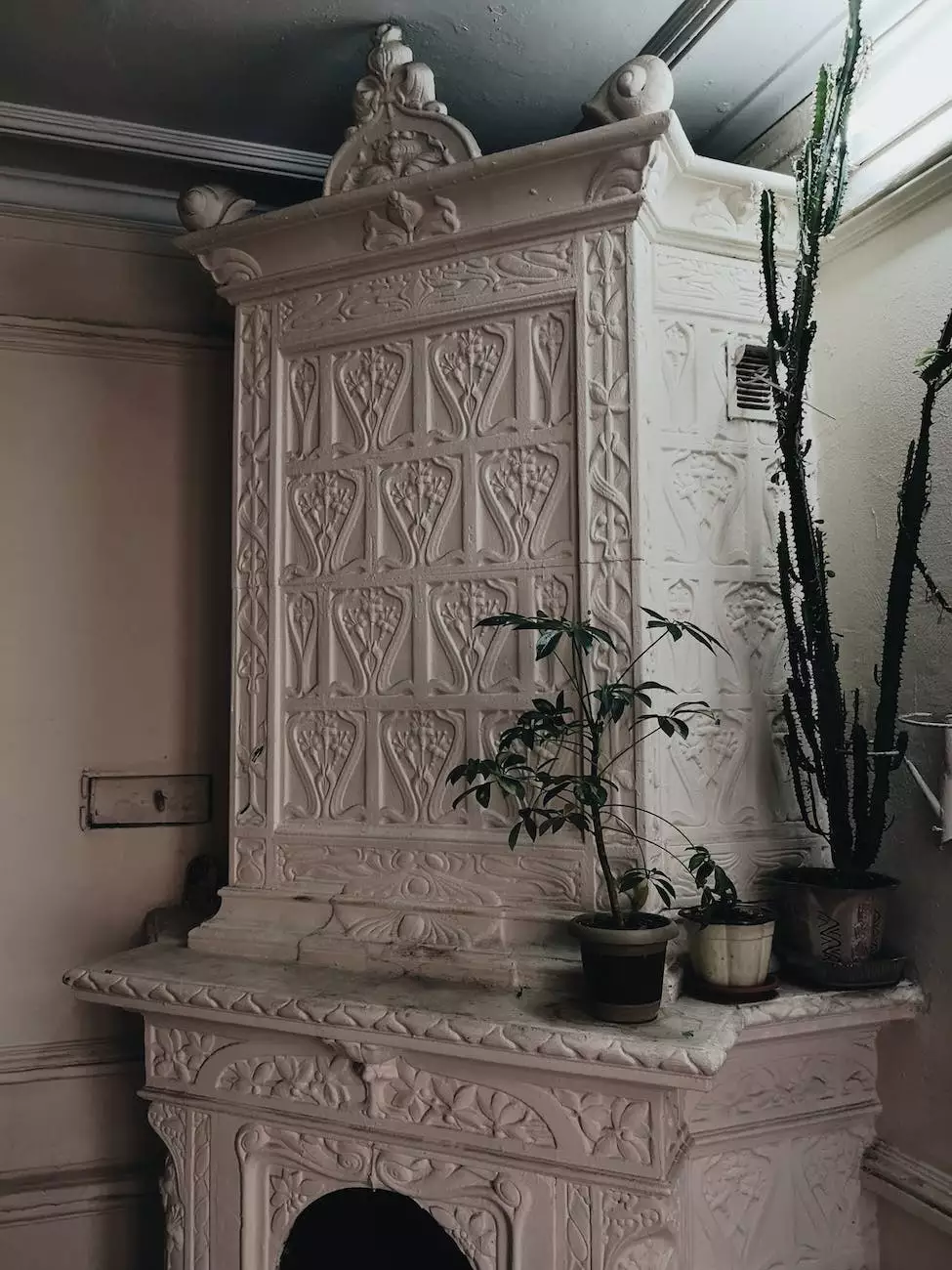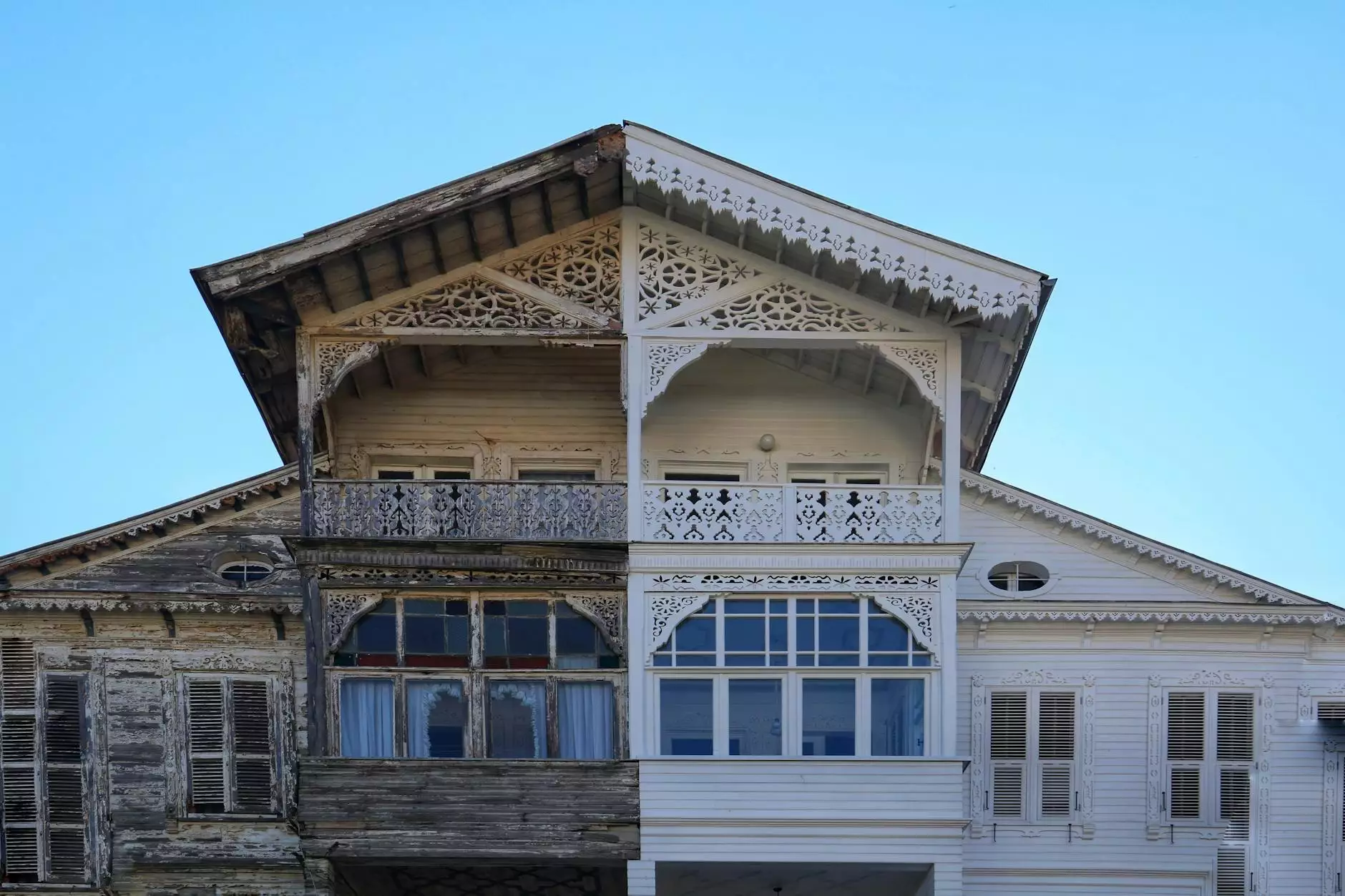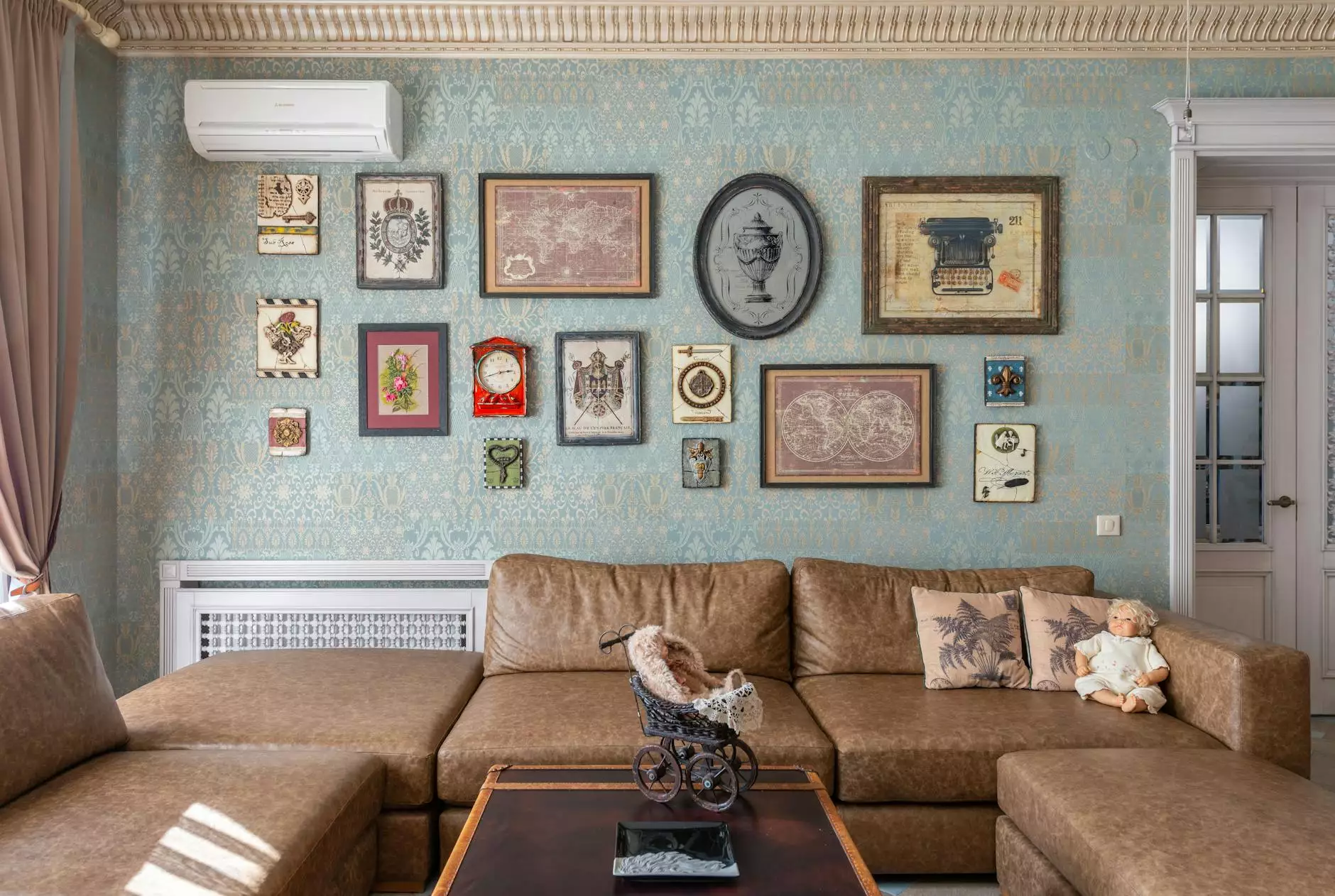Everything You Need to Know About Interior Molding
Home Design
Introduction
Welcome to Weymouth I+D, your ultimate resource for information on interior design in the category of Home and Garden. In this article, we will dive deep into the fascinating world of interior molding. Whether you are a homeowner looking to enhance your interior design or a professional designer seeking inspiration, we have got you covered. Join us as we explore the various types, styles, installation processes, and maintenance tips for interior molding.
Benefits of Interior Molding
Interior molding is not just a decorative element; it can transform the overall look and feel of your home. By adding interior molding, you can create a sense of elegance, sophistication, and visual appeal. Additionally, interior molding can help to highlight architectural details, add depth to plain walls, and create a cohesive design throughout your home. It serves as both a functional and aesthetically pleasing addition to any interior space.
Types of Interior Molding
There are various types of interior molding available, each with its own unique characteristics and uses. Let's explore some of the most popular types:
Crown Molding
Crown molding is one of the most common types of interior molding. It is installed at the intersection of the wall and ceiling, creating a visually appealing transition. Crown molding comes in a variety of styles, from simple and minimalist to intricate and ornate designs. It adds a touch of sophistication and elegance to any room, making it a popular choice for both traditional and contemporary interior designs.
Baseboard Molding
Baseboard molding, also known as skirting board, is installed at the bottom of the walls to cover the joint between the wall and the floor. It not only enhances the aesthetic appeal of a room but also protects the walls from kicks, abrasions, and furniture. Baseboard molding is available in various heights, widths, and designs, allowing you to choose the one that complements your overall interior design scheme.
Chair Rail Molding
Chair rail molding is installed horizontally on the walls, typically at the height of a chairback. It serves both a functional and decorative purpose. Functionally, chair rail molding protects the walls from damage caused by chairs and other furniture. Decoratively, it adds a visual break, helping to create a sense of proportion and balance in the room. Chair rail molding can be combined with other types of molding to create a more dynamic and visually appealing look.
Picture Rail Molding
Picture rail molding is installed near the ceiling, allowing you to hang pictures or artwork without damaging the walls. It adds a unique and artistic touch to the room while providing flexibility in changing and rearranging wall decorations. Picture rail molding is often found in homes with high ceilings, contributing to the overall grandeur and elegance of the space.
Choosing the Right Interior Molding
Selecting the right interior molding for your home can be overwhelming due to the wide range of options available. Here are some key factors to consider when choosing the perfect molding:
Style and Theme
Consider the overall style and theme of your home when selecting interior molding. If you have a traditional design scheme, ornate and intricate molding may be the ideal choice. For a contemporary or minimalist look, simpler and sleeker designs may better suit your aesthetic.
Room Proportions
Take into account the proportions of the room when choosing interior molding. In smaller rooms, opt for smaller and less elaborate moldings to avoid overwhelming the space. Conversely, larger rooms can accommodate more substantial and intricate molding designs.
Materials
Interior molding can be crafted from a variety of materials, including wood, plaster, polyurethane, and even PVC. Each material has its own pros and cons in terms of durability, cost, and aesthetic appeal. Consider the maintenance requirements and budget constraints when selecting the material for your interior molding.
Installation Process
While installing interior molding may seem like a daunting task, it can be achieved with the right tools and techniques. Here is a general outline of the installation process:
Step 1: Measurement
Measure the length of the walls where the molding will be installed. This will help you determine the amount of molding required for the project.
Step 2: Cutting and Mitering
Using a miter saw or a miter box, cut the molding pieces at a 45-degree angle for corners and joints. This will ensure a seamless and professional-looking installation.
Step 3: Preparing the Wall
Clean the wall surface, fill any holes or imperfections, and ensure a smooth and even base for the molding installation. Sand the walls if necessary.
Step 4: Attaching the Molding
Apply an adhesive or use nails to attach the molding to the wall surface. Make sure to follow the manufacturer's instructions and use appropriate methods for securing the molding.
Step 5: Finishing Touches
Fill any gaps or holes with caulk or putty, and sand the molding to achieve a smooth and seamless finish. Finally, paint or stain the molding to match your desired color scheme.
Maintaining Interior Molding
Proper maintenance is essential to ensure the longevity and beauty of your interior molding. Here are some tips to keep your molding in pristine condition:
Regular Cleaning
Dust your interior molding regularly using a soft cloth or a gentle brush attachment on your vacuum cleaner. This will prevent dirt and grime buildup and maintain the visual appeal of the molding.
Preventing Moisture Damage
Avoid placing interior molding in areas prone to moisture, such as bathrooms or kitchens, as this can cause damage and deterioration. If moisture exposure is unavoidable, consider using moisture-resistant materials or applying a protective sealant.
Repairing Damages
In case of any damages, such as cracks or chips, it is important to repair them promptly. Use appropriate filler or adhesive to fix minor damages, or consult a professional for more extensive repairs.
Conclusion
Interior molding is a versatile and captivating element that can elevate the design of your home. Whether you opt for crown molding, baseboard molding, chair rail molding, or picture rail molding, each type brings its own unique charm and functionality. By carefully selecting, installing, and maintaining interior molding, you can transform your living spaces into visually appealing and stylish environments. Trust Weymouth I+D to provide you with expert tips, guides, and inspiration on all aspects of interior design, including interior molding.




